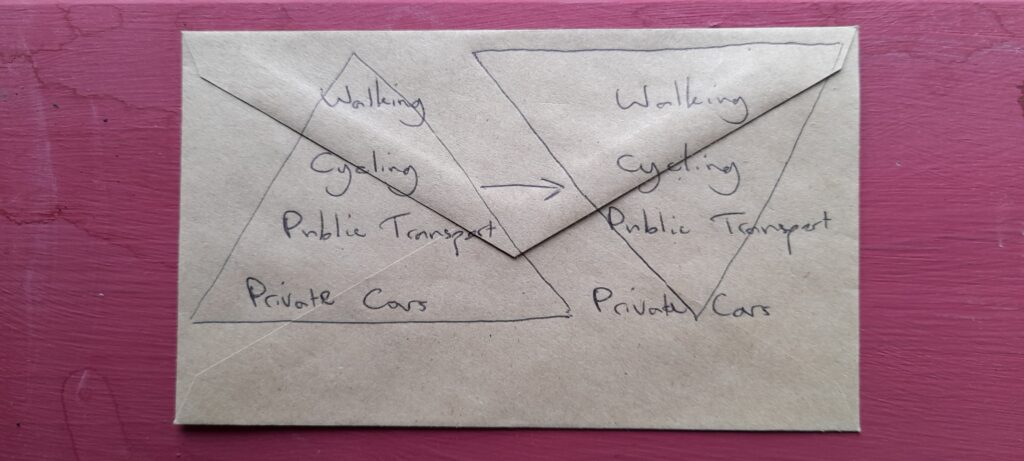
So, you want…
- To reduce obesity and diabetes by 20%?
- Lower carbon emissions and air pollution where you live?
- Safe and convenient access to the amenities you need each day?
- Your children to feel safe walking or cycling to school?
Take a look at “15 Minute Cities”
Popularised recently by Paris Mayor Anne Hidalgo and Carlos Moreno, a driving force behind the Paris city plan, there are manifestations of the 15 Minute City around the world:
- ‘ciudad a escala humana’ (‘human-scale city’, Buenos Aires),
- ‘complete neighbourhoods’ (Portland, Oregon),
- ‘Barrios Vitales’ (’vital neighbourhoods’, Bogotá),
- ’20-minute neighbourhoods’ (Melbourne),
- ‘superblock’ (Barcelona),
- and more.
The core principles include:
- Ensure easy access to basic amenities including groceries, fresh food and healthcare in every neighbourhood.
- Build a multicultural neighbourhood that includes different housing types and levels of affordability, with the convenience for everyone of living close to the workplace.
- Have abundant green spaces to ensure access for everyone to the natural environment and clean fresh air.
- Establish smaller-scale offices, and retail, hospitality and co-working spaces, so that more people can work closer to home or in a virtual set-up.
- Create walking and cycling corridors to facilitate ‘soft’ transportation and reduce the convenience of travelling by car.
As demonstrated in many towns and cities around the world, embracing these principles creates an environment where people naturally choose walking and cycling for short journeys.
There is great potential for this to happen here too. In Britain, 20% of journeys by car are under 1 mile, a distance easily walked in 15 minutes, or cycled in 5 minutes. 38% are under 2 miles, a distance easily cycled in around 10 minutes. Enabling some or most of these journeys to be walked or cycled instead will of course greatly reduce traffic volumes, and realise the many health and environmental benefits that come from quieter, safer streets.
Interested in knowing more..?
https://www.arup.com/perspectives/the-fifteen-minute-vision-future-proofing-our-cities
https://www.bloomberg.com/news/features/2021-01-05/a-tiny-twist-on-street-design-the-one-minute-city